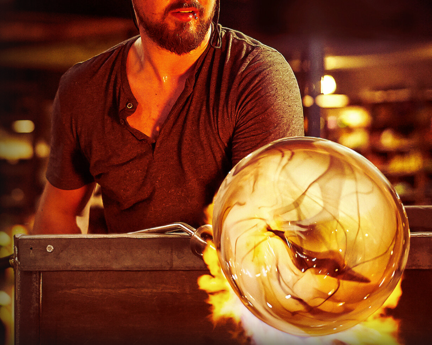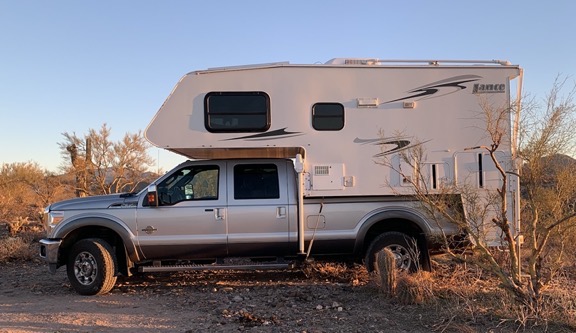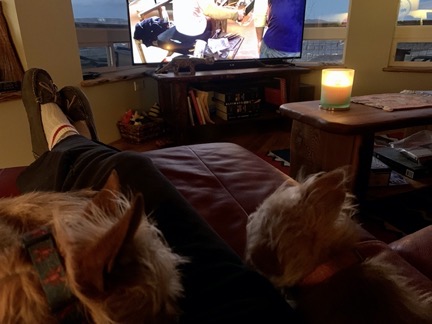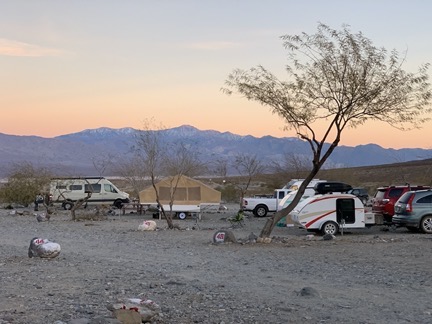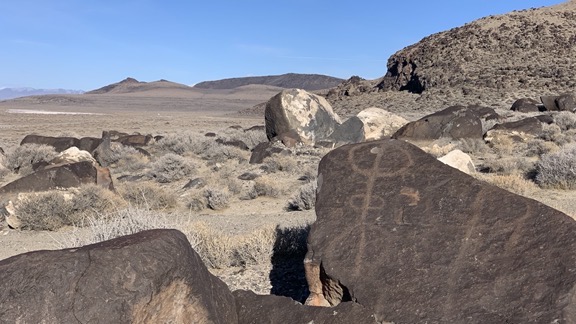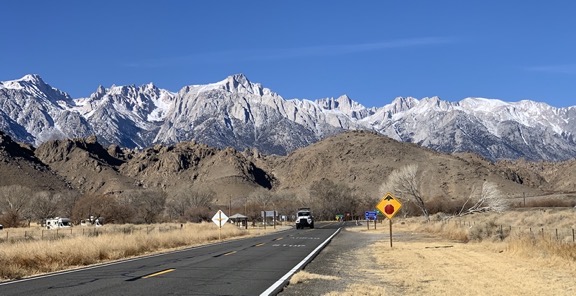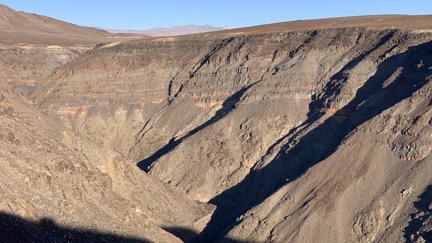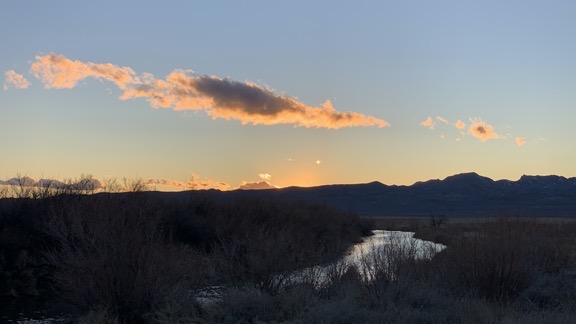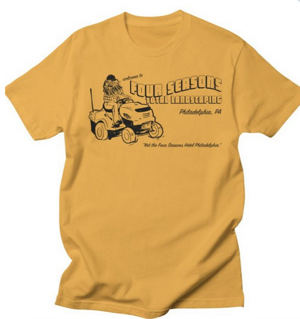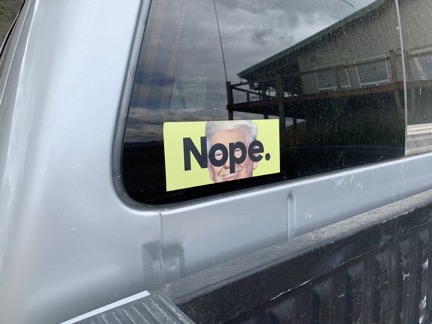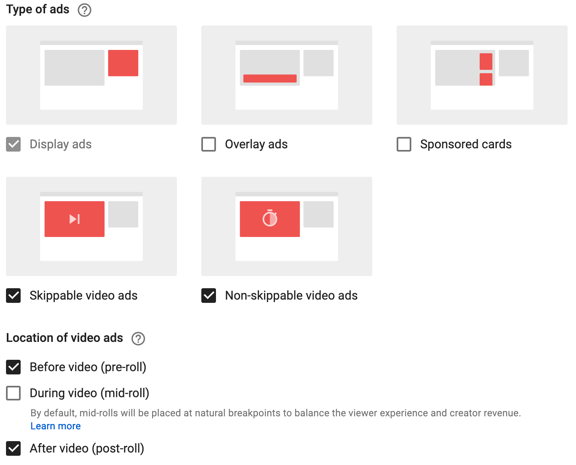I reflect on traveling alone after two weeks traveling with a companion.
After traveling with my friend Bill for two weeks and finding myself on my own again, I started thinking about traveling alone vs. traveling with a companion. I began by tracing back the time when I had begun doing the majority of my travel alone.
My History of Solo Travel
My first instinct was to place my solo travel start date in 2012, when my crazy divorce began, but that wasn’t right. I’d been traveling alone to Washington state for work every summer since 2008. I’d even gone to Alaska for a few days in early 2008 for a pair of job interviews. I’d also made plenty of work-related trips to Ventura, CA, and Boulder, CO, in the years leading up to the inevitable split.
And what about the 19-day road trip I took alone in 2005? What a trip! I piloted my then-nearly-new Honda S2000 (which is sitting in my garage at this moment) through Arizona, Nevada, California, Oregon, Washington, Idaho, Montana, Wyoming, and Utah with no plans or reservations — just a bunch of AAA maps and a credit card.
And how about the weeks I’d gone alone to northern Arizona in 2004 when I worked as a tour pilot at the Grand Canyon? Or the dozens of solo cross-country flights with overnight stays that I’d taken alone in my R22 and later my R44 to points as far away from my Arizona base as northern California and the western slopes of the Rockies in Colorado?
And during the rise of my writing career, when I’d traveled to work for training gigs, editor meetings, conferences, and speaking engagements? Heck, I still remember the month when I traveled to six or seven different cities, often bouncing from one to another on airlines before spending a few days at home. Ten airline legs and a round-trip train ride.
And before that, when I worked in corporate America and spent at least 40% of my time traveling to company offices all over the country for work?

Here’s the Panamint Springs Campground from my camper just before dawn.
As I sit here in my camper in a very dark, sparsely populated campground in Panamint Springs, CA, I remember that very first solo business trip, which may have been the first time I ever traveled on my own by airliner for more than a night away from home. I’d gone to Lenexa, KS. I’d packed my brand new and very unpractical (as I’d learn) luggage and had been subjected to a number of airline delays to Kansas City that put me in the hotel parking lot sometime after midnight. I was on the second floor of a hotel that apparently didn’t have an elevator and I struggled to get my bag up the stairs. In the morning, I couldn’t remember what my rental car looked like or where I’d parked it. I don’t remember much of the trip after that, aside from finding some excellent barbecue (the real deal) and bringing a bunch of sauce home. Could that really have been my first solo trip? Seems like it to me.
Admittedly, not all of these trips were 100% solo. My early work-related travel was sometimes shared with a coworker who would travel with me to the destination and hang out with me after work. I remember one particular trip where I went with two other female coworkers to the Buena Park, CA, location of our company for a three-week audit. On one of the off weekends, we hopped on a plane and went to Tahoe for two nights so they could get some skiing in. On another trip to the same California office, my coworker and I drove down to La Jolla for the weekend. Still, it’s not quite the same as sharing a trip with a life partner.
Of course, I first realized that much of the travel in my life has been alone years ago when I wrote a blog post titled “About the Header Images.” In that post, I go through the exercise of reviewing every single image that appears in the random rotation atop the pages of this blog, providing a short summary of what each one is about. While I may have added and removed a few images since then, there are plenty in that blog post that still appear here; if you’ve ever wondered what a specific shot is, grab a cup of your favorite beverage and scroll through that post. You might catch something in the tone of my comments; I suspect I wrote it when I was still bitter about how my divorce played out and before I realized what a great gift my wasband had given me by leaving.
The Pros and Cons of Shared Memories
Early on in my friendship with Bill, I mentioned that the thing that bugged me most about being completely estranged from a person I’d had a very long relationship with — in this case, my wasband — was that I couldn’t discuss shared memories with him.
You know what I mean. You go someplace or do something especially memorable with a person and you say to that person “remember when we…” and follow that up with a nice chat or maybe even a good laugh about the experience.
In these cases, the experience is usually shared by just the two of you. The memory doesn’t require any backstory to share together, as it might when sharing it with someone who wasn’t there.
For example, I could remind my wasband of the time we managed to get the two drive wheels of our rental car off the ground when he drove off the road and hit a cattle guard post. If I told you about it, I’d have to tell you about the dirt road out in desert between Tombstone and Tubac, about how he was probably driving too fast, about how the road looked like it curved one way but actually curved the other, about how he tried to correct the turn and the car went out of control. I’d have to tell you about the comedy of me holding the equivalent of a 7/11 Big Gulp and having it fly up into the air and soak into my clothes and the car seat. About getting out of the compact car and finding it teetering on the mostly rotted, broken 4×4 post. About trying a variety of things to get it off until he finally stood behind the car and held the tail end in the up position, like Superman, while I got enough traction on the front wheels to drive it off the post. About how we started laughing about five minutes after we resumed travel and didn’t stop for quite a while.
All I have to say is “Remember when we got the rental car stuck on a cattle guard leaving Tombstone?” And then we could laugh over the details of the memory.
That’s the kind of thing I miss.
Of course, I didn’t only travel with my wasband over the years. I’ve got some good trips in with my friend Janet — especially the one where we helped out a friend with a motorcycle camping business in the southwest and followed him around with my Jeep, doing a good amount of exploring in our off hours. (Yes, I’ve done some rock crawling in a stock Jeep in Moab. It’s all about tire placement.) I’ve done trips with my sister and my brother. I can even still recall memorable experiences of early family vacations — especially the time in Maine when I got my first helicopter ride or the trips to Virginia when I learned to catch blue claw crabs with a piece of sting, a chicken bone, and a net.
So yes, I do have plenty of travel experiences to recall with other people who aren’t as pigheadedly stupid as my wasband is.
I think the ability to share and recall experiences with other people help keep relationships and memories alive. I think they’re important parts of our mental well-being, especially as we age and memory starts failing.
As you might imagine, I’m very glad to have “remember when…?” experiences with someone new.
The Benefits of Solo Travel
My friend Bill travels alone just about all of the time. He likes it. And by talking with him about it, I realized that I like it, too.
If you can put aside any desire to create “remember when…?” experiences or unfounded fears of being by yourself — seriously, get over that shit — the benefits of traveling alone are easy to see.
The main benefit, of course, is decision making. When you travel alone, you make all of the decisions — and have the freedom to change your mind as often as you like. Want to turn left enroute because the sign you didn’t expect to see says there’s a waterfall down that road? Do it. Want to spend three nights instead of one at a lakeside campsite you’ve found because it’s way better than you expected it to be? No problem. Want to completely skip that side trip to the coast because you’ve heard about an interesting spot inland with dark night skies and miles of hiking trails through forests? Go for it!
(My biggest pet peeve of traveling with my wasband was trying to make a plan change and hearing him say, “But I thought we were going to…” Pardon me, but fuck that bullshit. I’m so glad I never need to hear those words again.)
Another benefit that not many take advantage of is the opportunity to talk to strangers. I’m not sure why it’s so easy for me to strike up a conversation with someone I don’t know — maybe my background growing up in the New York metro area? Maybe I inherited it from my grandmother, who talked to everyone? — but it serves me well to this day. I talk to strangers all the time, whether I’m waiting in line at the check out counter of a supermarket, standing at a trailhead map, or passing someone in a campground with an usually cool camper.
My favorite story of the benefit of talking to strangers is from 1995, when I was spending the winter (mostly alone) in Yarnell, AZ, trying to escape the winter cold of my New Jersey home. (I guess I forgot to mention that solo three-month trip in my list above or the 10-day trip a few months before it when I searched for and found my winter lodging. I really have done most traveling alone for most of my life.) My brother had flown out for a visit and we decided to take a trip up to the Grand Canyon for a few days. We were waiting in line for breakfast at El Tovar, the historic hotel at the South Rim, which used to have a really excellent restaurant. A guy traveling alone was standing in line behind us. We struck up a conversation and eventually asked him to join us so he didn’t have to eat alone. He did. During our breakfast conversation, we talked about places we’d traveled to and he mentioned a hot spring at the very south end of Big Bend National Park in Texas. The way he described it, it sounded really nice. A month or so later, when my future wasband joined me for the drive back to New Jersey, we detoured down there to check it out. It was everything he’d told me and so much more. It created yet another “Remember when…?” experience for us.
It’s by talking to others that we learn about new things and places that they have experienced and some of those things and places might be things we want to experience, too. Why consult a guidebook about tourist-worn destinations when you can chat up someone camping a half mile away from you while on a morning walk and learn about other campsites in remote areas of the desert southwest? Why search the web for the same old crowded hot springs options when you can pick the brains of a couple from Canada at a hot spring in Holtville, CA to learn about a remote spring along the Colorado River in western Arizona? Why, for Pete’s sake, would you even consider consulting Yelp to get the real low-down on a restaurant or shop when you can ask someone who’s actually been there and can give you his take on it?

I learned about the petroglyphs at Grimes Point by talking to a stranger yesterday.
And yes, I know you can talk to strangers when you’re traveling with someone else. I usually do. But I’ve also found that your opportunities to talk to strangers may seem limited when you are already talking to the person standing next to you. It’s the alone time that makes it easy to strike up a conversation with someone else. And the freedom to talk for as long as you like — without a companion reminding you of your next destination — that makes it so much more beneficial.
Oddly, Bill makes this moot. Like me, he also likes to talk to strangers and does it whether i’m standing next to him or not. (Like I did at the Grand Canyon 26 years ago with my brother standing next to me.) And because we weren’t joined at the hip during the two weeks we traveled together, we both had plenty of opportunities to chat with others — and learn new things.
Back to Solo Travel
It’s the day after I began writing this blog post at near the western edge of Death Valley National Park. Since then, I’ve descended down into the Owens Lake area, stopped for an Internet fix, and uploaded my blog post about traveling with my new friend, Bill. And I made a series of solo decisions for a three-day drive the rest of the way home.

Here’s a view of the Sierra Nevada Mountains from the intersection of Route 136 (out of Death Valley) and Route 395. I watched those mountains grow ever closer as I descended out of the park.
What did I do? Well, I followed a series of numbered routes from Panamint Springs, CA to my eventual overnight camp near Lovelock, NV: 136, 395, 6, 360 (which I have dubbed Wild Burro Way), 95, and I-80. All of these roads were either one or two lanes in each direction with speed limits ranging from 55 to 70 and only the last one was an interstate highway with a speed limit of 80. There’s no reason to hurtle down the blacktop to your next destination when you can take back roads that move you along at a decent pace and give you something more interesting to look at than the occasional truck stop. (While I don’t mind getting on an interstate highway once in a while, Bill absolutely abhors them. I know other drivers who never take the back roads; they have no idea what they’re missing.)

Early morning light in Rainbow Canyon from Father Crowley View Point. Can you imagine being here when a fighter jet screams through? I witnessed it once years ago.
Along the way, I stopped to make breakfast at Father Crowley View Point, a scenic view on the west side of Death Valley that’s known for the low-flying fighter jets that practice there; i was disappointed that none appeared early that morning — it was about 7:30 AM, after all — while I made and ate a hot breakfast in my camper, did the dishes, and took my pups for a walk. Once I was within a cell signal reception area near Owens Lake, I stopped to check email, Twitter, texts, and phone messages and to upload the blog post I’d finished the day before. Then I stopped for gas in Lone Pine, for early lunch at a place Bill recommended in Bishop, and a Ford dealer in Bishop where I had some annoying warning lights turned off. (When I got my oil changed earlier in the month, the guys who had done it had failed to reset the reminder and it was also nagging me about a fuel filter.) I had plotted my route north to stop at rock shops along the way and, after passing two that looked permanently closed, found one that answered my phone call and let me in. I bought 6 pounds of Fallon Wonderstone rough — exactly what I had been hoping for since seeing some near Tecopa — for a lot less than I thought I’d have to spend. The woman who sold them to me told me about where she and her husband had dug them up, not far from an archeological park called Grimes Point. I headed there next and took a short walk with my pups to look at the petroglyphs. (Sorry, I can’t recommend this sone when I’ve seen so many others that are so much better.) I almost parked for the night in the desert near there — I’d actually stopped the truck and climbed into the camper with the girls — but it was only 3:30 PM and I was getting bad vibes about the place. So I consulted an app I have that lists various camping areas and found Humboldt WMA near Lovelock; about an hour and a half later, I was navigating down a muddy road to a nice campsite on what looks like a canal. I had the whole place to myself; it was dead quiet and dark overnight.

It was cold and windy when I parked for the night at the Humboldt Wildlife Management Area, but I did get to see the sun set.
I admit that I drove by at least two places I would have turned in if I weren’t so focused on getting home. I don’t know why it’s pulling me forward the way it is, but I suspect it has a lot to do with being away for three months and just wanting to enjoy the conveniences of living in a house instead of a truck camper.
After being with a travel companion for two weeks, it did feel a bit weird, at first, to continue traveling on my own. But I got over that quickly. After all, so much of the traveling in my life has been solo, so it really is second nature at this point.
And I do enjoy it.

